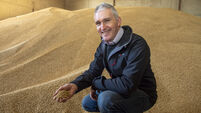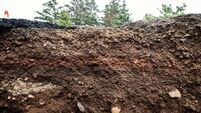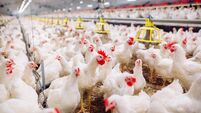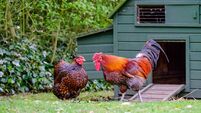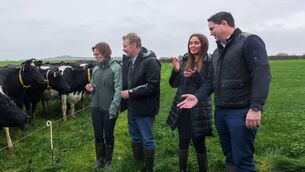Signpost: The highs and lows of cattle weighing
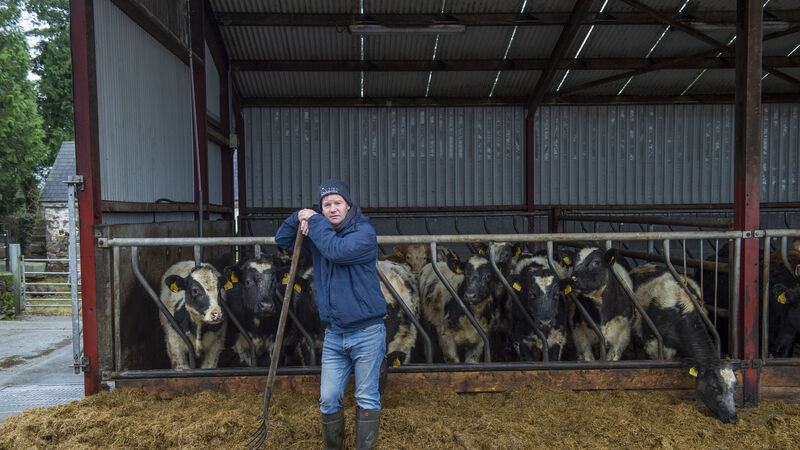
Richard Long: "Despite looking healthy and appearing to thrive well, I was a little bit disappointed with the weights of the calves – with both males and females averaging 0.6kg/head/day since birth." Picture: Dan Linehan
As the old saying goes, the weighing scales doesn’t lie and this proved to be the case here in Ballymacarbry last week when a mid-season weighing was completed.
Despite looking healthy and appearing to thrive well, I was a little bit disappointed with the weights of the calves – with both males and females averaging 0.6kg/head/day since birth. This puts the heifer calves by about 15kg/head and the steers back by 14kg/head when compared to the Teagasc weight gain targets.
In early June, the decision was made to discontinue feeding concentrates to the stronger of these animals for two months, as they appeared developed enough to thrive without it.
However, given the results of the weighing, meal will be re-introduced to calves at a rate of 1kg/head/day up until housing, compared to the earlier reintroduction date of September 1.
The reasoning behind this reintroduction is simple, I need to have a certain number of cattle moved off the farm at 20-21 months and if this 14-15kg weight difference remains until this time next year when I’m earmarking heifers and steers for finishing off grass, it could force my hand and mean that animals will have to be housed for a period of time.
Despite the calves being a little lighter than I would have hoped, I wasn’t all negative though. I was pleased with the way the 2021-born animals have performed at grass, with these gaining 1kg/head/day over the last number of weeks.
Armed with the information of this weighing, the next step is to start the feeding process to have animals moved off farm. I like to start feeding heifers in mid-August and even though it’s a little early in terms of the Teagasc blueprints for production, it means that I’ll have these animals marketed off-farm before ground conditions deteriorate from mid-October onwards.
This year’s shortlist for feeding consists of 40 animals – a mixture of mainly heifers and a small number of steers, mostly of early-maturing Angus and Hereford genetics. I find these animals perform well when offered 3-4kg/head/day of concentrate for a period of 60-70 days, as their easy-fleshing abilities make it relatively easy to achieve the desired levels of carcass fatness to draft for slaughter.
The aim for the early-maturing heifers is to achieve an average carcass weight of 245kg, with the steers being 30-40kg heavier at slaughter.
Some of the fleshier continental sired heifers may also be considered for feeding and the aim for these animals in terms of carcass weights is to generate a 280-300kg carcass – pretty similar to the early-maturing steer. However, only heifers showing good signs of fatness and that can be marketed within a 60-70 day period of the introduction on meals will be considered for this route.

